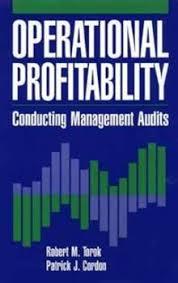Question
Z Corporation (Z) is a domestic corporation which has 120 shares of voting common stock outstanding. In each of the following alternative situations, determine whether
Z Corporation ("Z") is a domestic corporation which has 120 shares of voting common stock outstanding. In each of the following alternative situations, determine whether Z is eligible to elect S corporation status:
(a) Z has 99 unrelated individual shareholders, each of whom owns one share of Z stock. The remaining 21 shares are owned by A and his brother, B, as joint tenants with right of survivorship.
(b) Same as (a), above, except that A and B are married and own 11 of the 21 shares as community property. The remaining 10 shares are owned 5 by A as her separate property and 5 by B as his separate property.
(c) In (b), above, assume that the shareholders of Z elected S corporation status. What will be the effect on Z's election if one year later A dies and bequeaths her interest in Z stock to F, her long-time friend?
(d) Same as (a), above, except that the remaining 21 shares are held by a voting trust which has three beneficial owners.
(e) Same as (a), above, except that the remaining 21 shares are owned by a revocable living trust created by an individual, the income of which is taxed to the grantor under 671.
(f) Same as (a), above, except that the remaining 21 shares are owned by a testamentary trust under which the surviving spouse has the right to income for her life, with the remainder passing to her children. The trust is a "qualified terminable interest trust" (see 2056(b)(7)).
(g) Assume Z has 100 individual shareholders and forms a partnership with two other S corporations, each of which also has 100 individual shareholders, for the purposes of jointly operating a business. Z's one-third interest in this partnership is its only asset.
(h) Z has 100 shares of Class A voting common stock and 50 shares of Class B nonvoting common stock outstanding. Apart from the differences in voting rights, the two classes of common stock have equal rights with regard to dividends and liquidation distributions. Z also has an authorized but unissued class of nonvoting stock which would be limited and preferred as to dividends. The Class A common stock is owned by four individuals and the Class B common stock is owned by E and F (a married couple) as tenants-in-common.
(i) Same as (h), above, except that Z enters into a binding agreement with its shareholders to make larger annual distributions to shareholders who bear heavier state income tax burdens. The amount of the distributions is based on a formula that will give the shareholders equal after-tax distributions.
(j) Z has four individual shareholders each of whom own 100 shares of Z common stock for which each paid $10 per share. Each shareholder also owns $25,000 of 15-year Z bonds. The bonds bear interest at 3% above the prime lending rate established by the Chase Manhattan Bank, adjusted quarterly, and are subordinated to general creditors of Z.
Step by Step Solution
There are 3 Steps involved in it
Step: 1

Get Instant Access to Expert-Tailored Solutions
See step-by-step solutions with expert insights and AI powered tools for academic success
Step: 2

Step: 3

Ace Your Homework with AI
Get the answers you need in no time with our AI-driven, step-by-step assistance
Get Started


